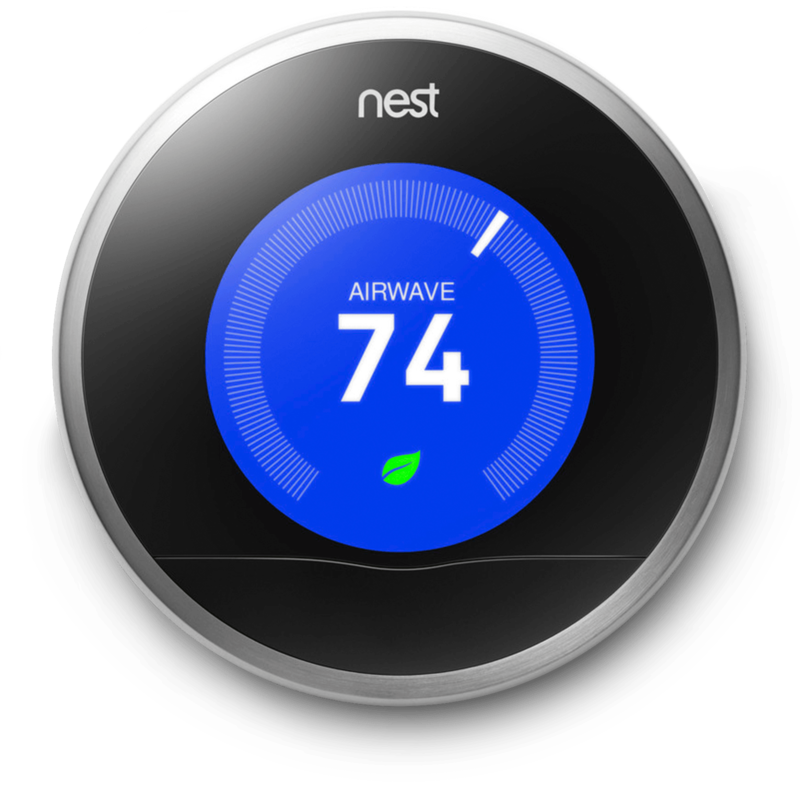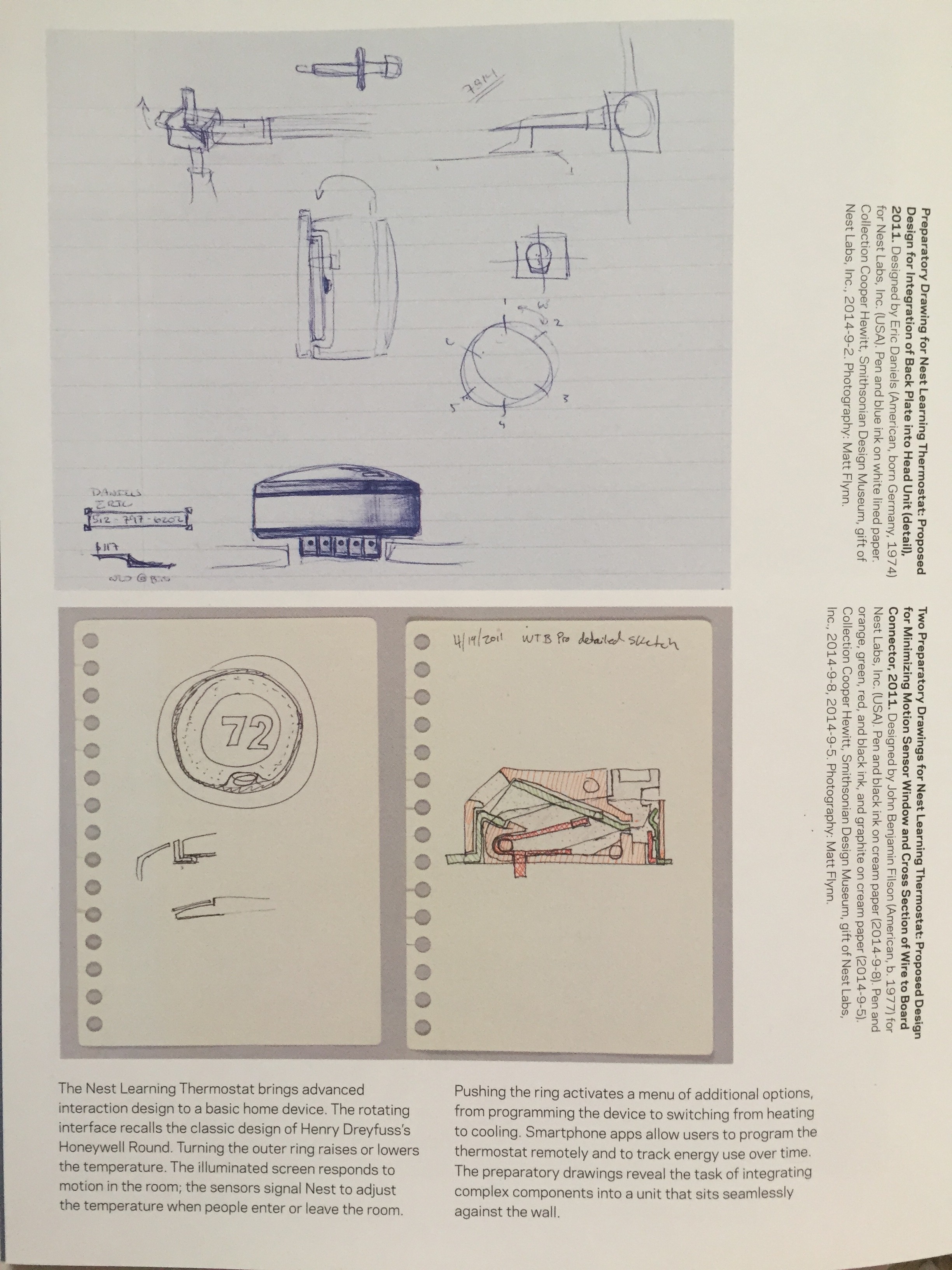Creativity starts by collecting ideas. The first step of the process is to start with the world around you. Every time you pick up a book be prepared to write, scribble anything that sparks your interest.
From Let The Elephants Run by David Usher
Creativity starts by collecting ideas. The first step of the process is to start with the world around you. Every time you pick up a book be prepared to write, scribble anything that sparks your interest.
From Let The Elephants Run by David Usher
There is something magical, almost indescribable, that happens in the moment of creation — the moment of bliss, surprise, and wonder when all forces of the universe come into focus for just a split second. Suddenly, you can see something that no one else can see.
From Let The Elephants Run by David Usher
1. At the beginning of every day, mentally fast-forward to the end of the day, and ask yourself: When the day is over, what three thing will I want to have accomplished? Write those three things down.
2. Do the same thing at the beginning of every week.
Inspiration from The Productivity Project by Chris Bailey.
What is user-centric design?
Ellen Lupton needs no introduction, and in her book Beautiful Users she once again taps into our design brains to challenge and empower brilliant thinking. Like copy, I believe that great design is created using brilliant strategy.
“Design isn’t simply about beauty anymore. It’s about making things relevant. When designers create products, spaces, or media, they inevitably ask along the way how human beings will interact with their work.”
Effective design is about finding a solution from the point of view of the user. Beautiful Users explores the changing relationship between designers and users and considers various design methodologies and practices, using user research, hacking, open source development, and the maker culture.
 Recently, a designer friend and I were discussing whether design shaped the future of technology. Design indeed is very important in today’s day and age. Apple practically invented the concept, and set the bar high for products to look as good (or even better) than they functioned. But their now iconic designs were inspired by Braun products from a previous generation. Nest is one of those cutting-edge designs that had drawn my obsession over the last few years. Designed by Tony Fadell, it’s as beautiful looking as it is wonderfully practical. It goes beyond the perfunctory homage we give to “form follows function”. Instead, it embraces what Frank Lloyd Wright argued for in that “Form and function should be one, joined in a spiritual union.”
Recently, a designer friend and I were discussing whether design shaped the future of technology. Design indeed is very important in today’s day and age. Apple practically invented the concept, and set the bar high for products to look as good (or even better) than they functioned. But their now iconic designs were inspired by Braun products from a previous generation. Nest is one of those cutting-edge designs that had drawn my obsession over the last few years. Designed by Tony Fadell, it’s as beautiful looking as it is wonderfully practical. It goes beyond the perfunctory homage we give to “form follows function”. Instead, it embraces what Frank Lloyd Wright argued for in that “Form and function should be one, joined in a spiritual union.”
Nest brings advanced interaction to a basic home device. Smartphone apps allow the user to program the thermostat remotely and to track energy use over time. Yes, I love Nest. There are competitors in this category — namely Honeywell and Ecobee — although I would argue that nestled in great branding and product, is a design that has allowed the company to fly by its competition and feather its own nest comfortably in this early battle of “internet of things” smart thermostats. After all, brilliant strategy without brilliant execution is invisible.
